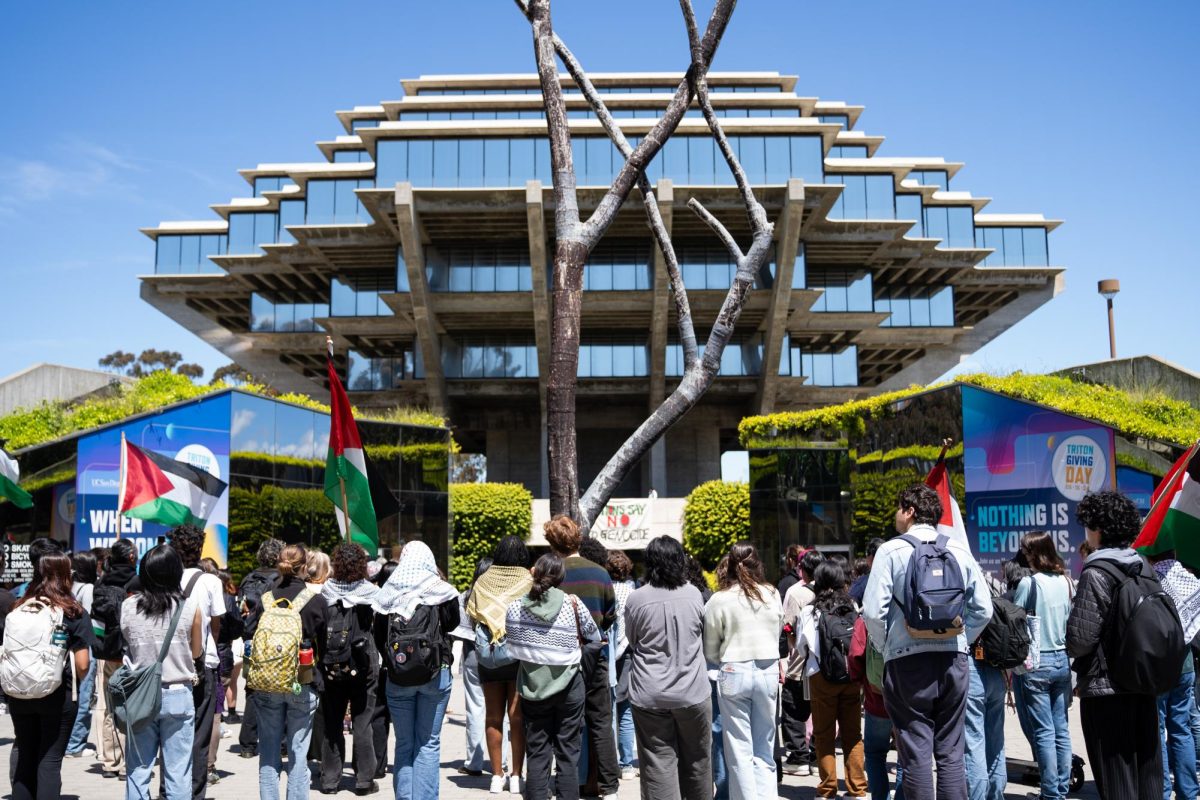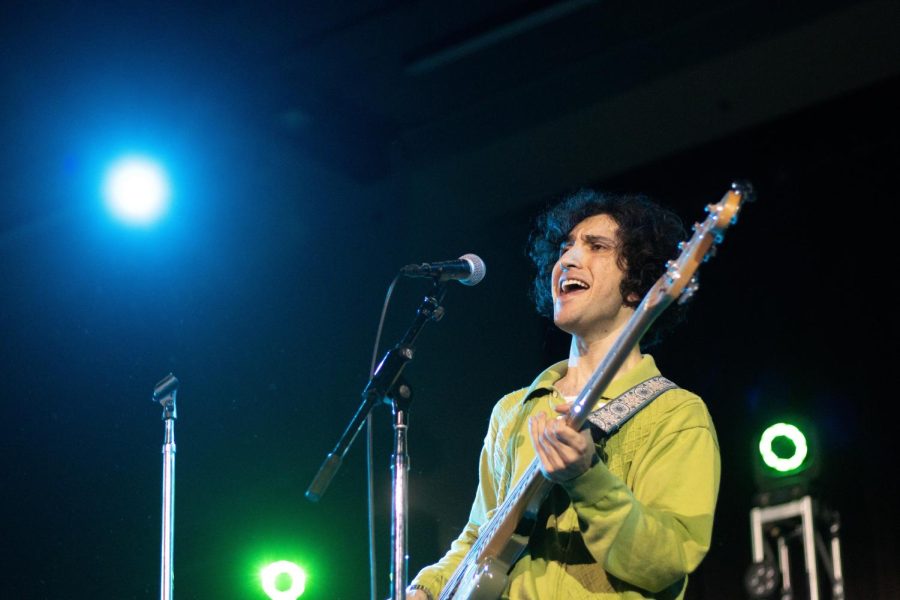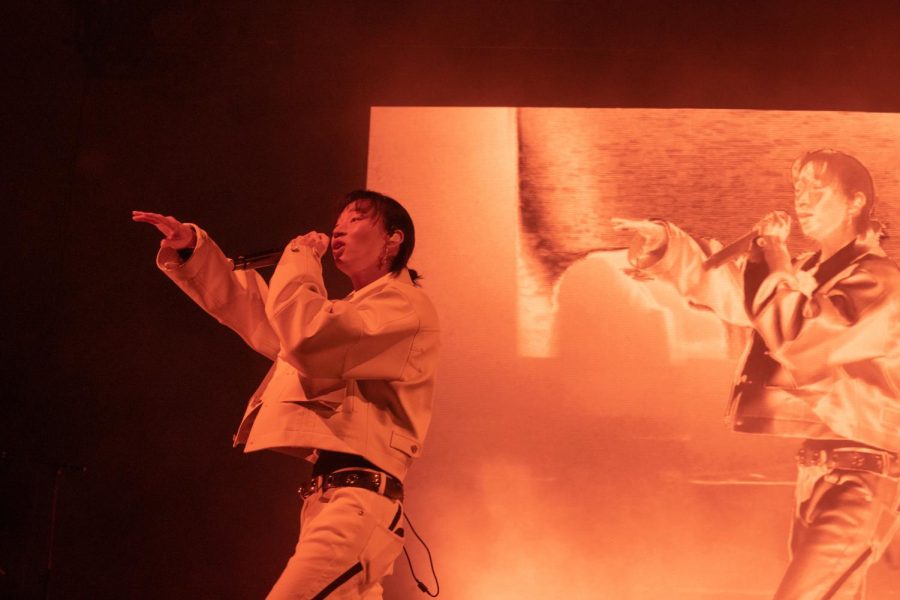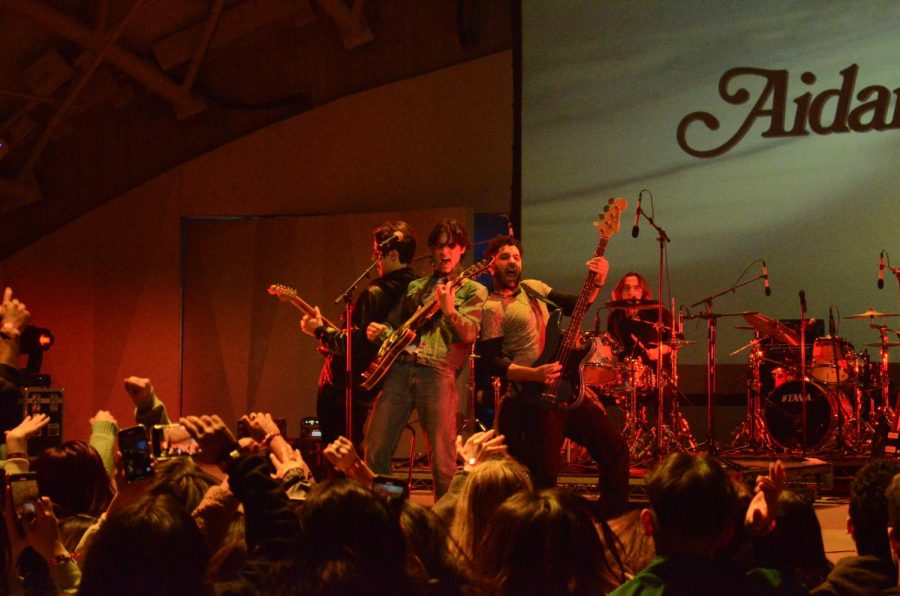I awoke the morning of April 6 and reached for my computer,
turning on “Sunday, Bloody Sunday, by U2 — it was just the song I needed to get
myself out of bed and ready for the events of the day. It didn’t hit me until I
was halfway through the song that today was in fact Sunday, and I was preparing
to meet thousands of protestors in Midan Tahrir, which means Liberation Square,
in the heart of downtown Cairo.
The strike began with an announcement by a reported 25,000
employees of a Textile plant in Mahalla, a suburb of Cairo. They announced they
would not come into work on April 6 to protest the rising price of food amid
stagnant wages.
The strike turned national as announcements and word of
mouth, along with the creation of a Facebook event and mass text messages,
called for citizens to refrain from making purchases, going to work and opening
their shops. Later developments called for peaceful protests and mass marches
descending on Tahrir square. Everyone was asked to wear black and to be on
scene by 2 p.m.
Many students at the American University of Cairo, both
local and international, were eager for Sunday, some because they would be able
to miss classes and others because they expected to witness history.
Mariella Goett, a John Muir College junior, chose a vantage
point on the roof of the Palace Building in the Main AUC campus with several
other students. They could see the tight groupings of riot police surrounding
the square, the heavy, army-green trucks that transported the troops and the
police covering the surrounding rooftops.
Just after noon, as the Kaiser Chiefs’ “I Predict a Riot”
sounded off from my computer speakers, Goett texted me with an update: “No sign
of activity yet,” it read. Nevertheless, I wasn’t disappointed. Like many
others, I had heard the grumblings over Egypt’s economic situation; I knew of
the brewing discontent among Egypt’s masses. I expected angry protests and
people taking to the streets demanding support and equal rights.
On Saturday, April 5, Egypt’s Interior Ministry announced
that it would take firm action against anyone participating, disrupting
government business or illegally gathering. Despite the threat, most students
were sure Egypt was ready for such a revolutionary move. Mohammed Rahmo, a
Jordanian-Egyptian now living in Cairo, was less convinced than many studying
at AUC.
“Nothing is going to happen,” is all he had to say on the
subject.
Just before 1 p.m. I looked out my window into the alley
below, and the usual crowd was hovering around the government bread outlet, but
in much smaller groups than usual, and the air was thick with sand. The second
of the Khamseen sandstorms, a yearly occurrence that lasts around 50 days
through April and May, was descending on Cairo. Everything outside was
blanketed by sepia-colored desert; the streets were quiet, promising.
As Earl Warren College senior Wesley Horne and I headed out
of the apartment we could still hear the lines of the Beatles’ “Revolution.”
Goett texted me again: “Still nothing.”
I separated from the group and headed through the downtown
streets, snapping photos of the sandstorm and wondering when I might encounter
the crowds heading to Tahrir. Eventually reaching the square I passed the
tight, fidgety and bored-looking formations of riot police, and the heavy,
army-green trucks filled with slouching soldiers and saw the police parading
uselessly along the rooftops. Still, there was no protest, no crowd.
Making my way toward the Nile River and along the bridge
where crowds would be crossing, I called my fellow student journalists seeking
word of something, anything. The reply was the same: “There’s nothing
happening, it’s quiet.”
I sent a text message asking about the lull to AUC political
science professor Heba Raouf, whose connections and personal influence among
Egypt’s activists and politicians seem to know no bounds. Her response: “No
idea.”
In Tahrir the situation was unchanged. Small, meager crowds
of 20 or less stood quietly behind police in riot gear. Both groups watched
tourists and shoppers lackadaisically as they passed. The slight decline in the
crowds of the normally bustling square and surrounding streets could either be
attributed to the strike, or to the thickening brownish air.
By 2 p.m. the crowds had been sent away from the rooftops of
AUC and the heavy, army-green trucks were slowly filling with more slouching
soldiers.
In Mahalla, police had arrested more than 600 protesters and
detained 300 more activists throughout the morning. Zeinobia, an Egyptian
blogger, reported that well-known activist Mohammed Abd El-Quds was arrested
while buying a newspaper downtown.
Just after 5 p.m., the police started to clear the streets
and vacate Midan Talat Harb and Tahrir square. No mass protests had taken
place. Violence, aside from a glass bottle and tear gas exchange at
Mahallah, was unseen. Voices were
unheard. But the protest’s concept and idea
— the meaning behind it —
remained.
I wandered home from the streets of Cairo, disappointed that
the protest had failed to achieve instant gratification. Passant Rabie, an AUC
senior and journalism major, changed her status on Facebook to: “Passant Rabie
is so disappointed in Egyptians today! What happened to the nationwide
protest?!”
A text message from Raouf made me realize that something had
happened today, something revolutionary and powerful, something unheard of in
Egypt. At 9:20 p.m. she sent me a message explaining what happened today.
“This is the first time average people know and ask about an
act of disobedience,” she wrote. “Even if symbolic and broadly defined in text
messages and word of mouth circulation. [It] does not matter if they ‘did’
anything, but the curiosity and interest is growing. This is new and it is a
sign of future action to come.”
Egyptians may have stayed in their homes because of the
sandstorms, because of the strike or even because of the threats of police
action. But they were aware of a cause, they wished to make a difference and
the daunting presence of black uniformed guards in riot gear covering the
streets was a testament to the seriousness with which the government read such
desires.
may not have changed in a day, but it’s changing. My fellow AUC students and I
were disappointed we didn’t witness history, but, in a way, we did. And at the
end of the day, the movement was a success in the eyes of many — because those
eyes are open.







